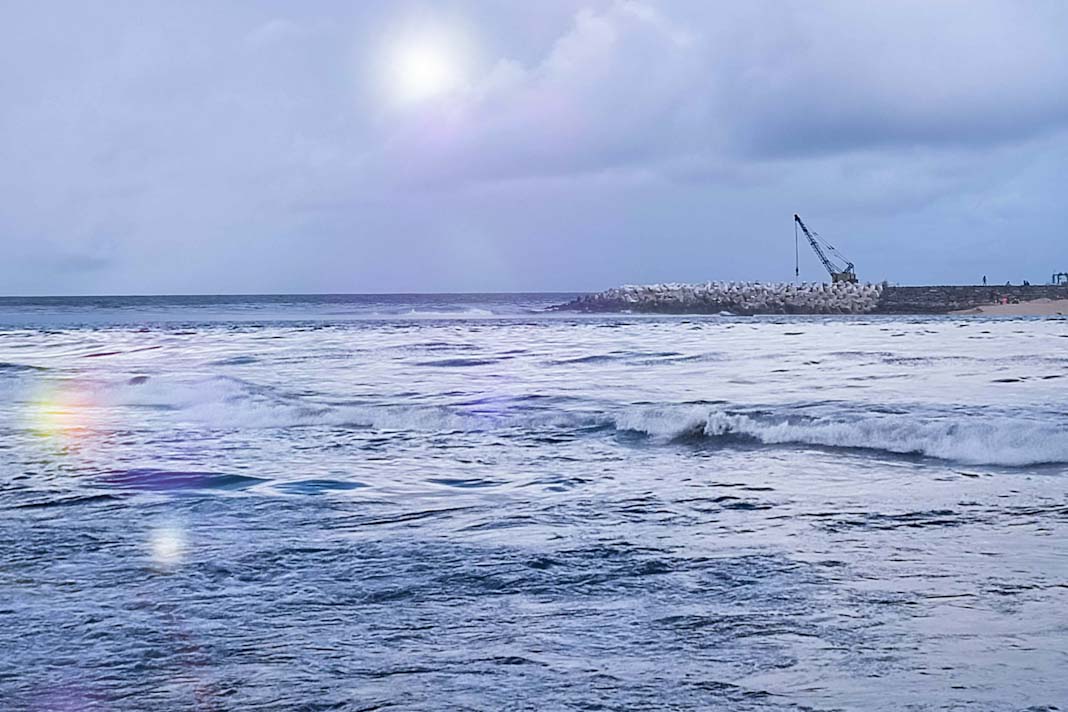- WWI-era Russian merchant shipwreck discovered during a North Sea windfarm survey.
- The shipwreck, believed to be the SS Tobol, was torpedoed in 1917.
- Efforts are underway to protect and preserve the wreck as an archaeological site.
A Russian merchant shipwreck from World War I has been discovered in the North Sea during a survey for what could become the first floating offshore windfarm. The ship is believed to be the SS Tobol, torpedoed by a German U-boat in 1917, reports Press & Journal.
The SS Tobol’s History
Originally built as the SS Cheltenham in Sunderland at the turn of the 20th century, the ship was captured by Russian warships in 1904 and renamed after the Tobol river. The vessel’s final resting place had been unknown until now.
The shipwreck was identified using sonar scans during surveys conducted by MarramWind for the proposed offshore windfarm in the North Sea. The windfarm, being developed by Shell and Scottish Power, is projected to generate renewable electricity for 3.5 million homes.
Exclusion Zone to Protect the Wreck
A 250-meter exclusion zone has been placed around the shipwreck to protect it from disturbance during ongoing survey works.
Relevant authorities have been notified of the discovery, and further steps are being taken to ensure the site’s protection.
Colin Anderson’s Thoughts on the Discovery
Colin Anderson, development manager for MarramWind, expressed his excitement about the find, stating,“Tobol was known to have been torpedoed in the war, but its location was unclear, so to discover it after more than a century is something special.”
He also hopes to learn more about the fate of the crew members.
Potential Survivor Stories
While some records suggest there may have been survivors, Anderson emphasized the importance of remembering that the wreck could be the final resting place for crew members. The hope is that this discovery will offer closure to their descendants and families.
Discussions are currently ongoing to establish a permanent archaeological exclusion zone around the wreck. This is to ensure its long-term preservation and protection.
Archaeological Significance of the Discovery
Toby Gane, Marine and Coastal Cultural Heritage and Archaeology Lead for WSP, highlighted the historical significance of the find, saying,“This discovery speaks to the global nature of international commerce and alliances in the early 20th century and the interconnectedness and competitiveness of national interests at the time, something still relevant today.”
Did you subscribe to our daily Newsletter?
It’s Free Click here to Subscribe!
Source: Press & Journal
















